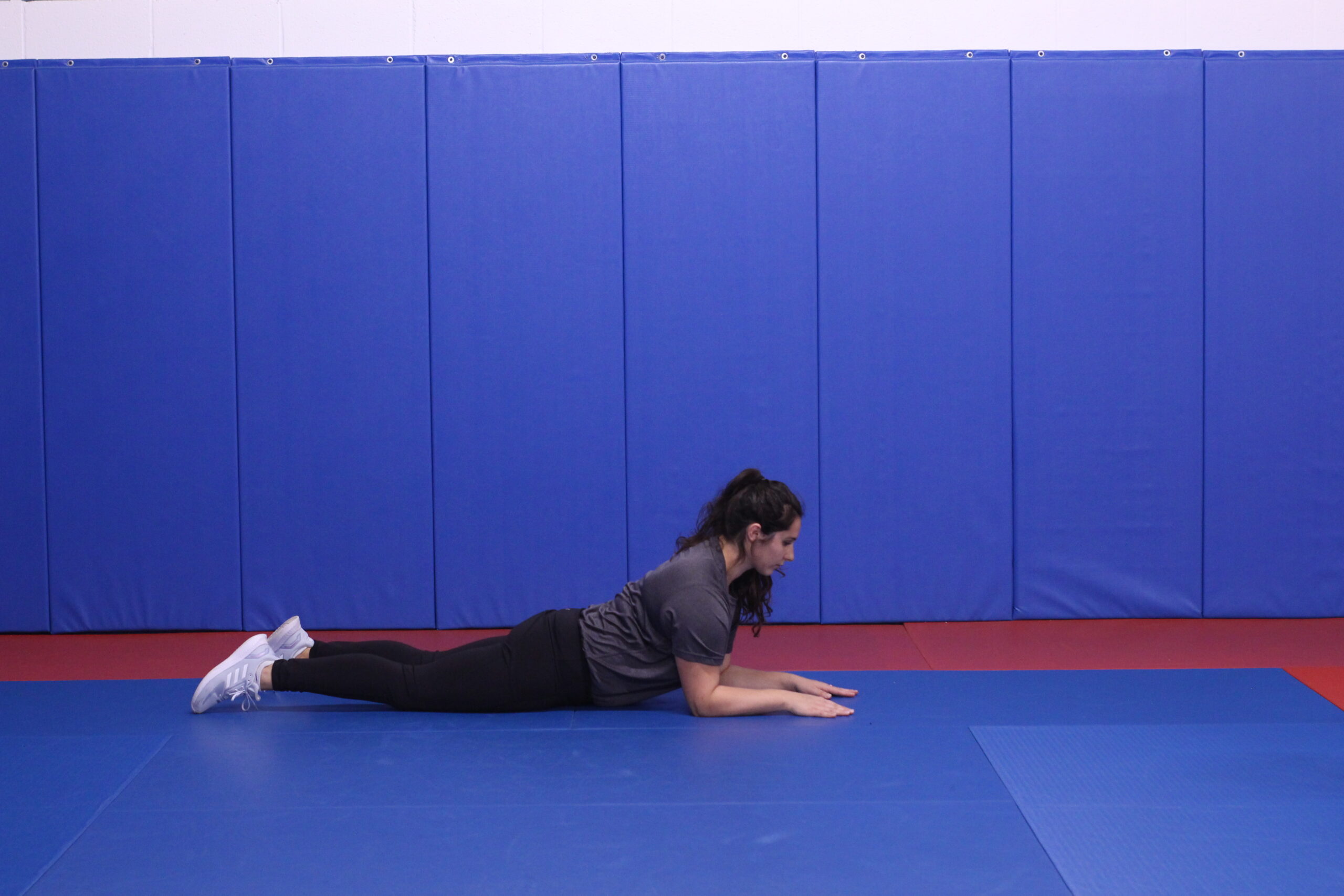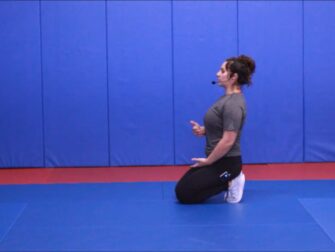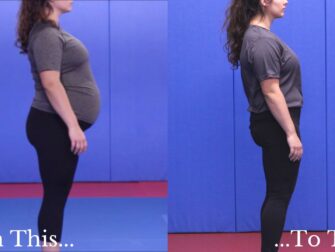Don’t let poor mobility reduce the quality of your rest as a new mom. Try these stretches for better postpartum sleep!
The importance of postpartum sleep
Do I really need to tell you the importance of PP sleep? LOL We all know we need to rest, right? But since this is a fitness blog I am going to relate your need for sleep to your…you guessed it, fitness! So yes, we all know that sleep is a biological need and that we all feel better with a good night’s sleep, but especially postpartum.
For starters, you’re physically recovering from labor and delivery. And sleep is when your body does most of it;s recovering. Remember that no matter how smooth or bumpy that went, it was a major event for your body. I am one of the lucky ones (so far) that had smooth deliveries and within a few days felt really good again! But I could still tell my body was quickly wearing out even when I was sitting around for most of the day.
Not only does your body need a break but your brain needs one too. The stress of a new baby, whether it is your first or your fifth, takes such a toll. You’re caring for such a delicate and fragile little being, tracking their feeding, sleeping, and diaper patterns. And when we get a lot of mental stress our bodies tend to feel the affect. Plus, poor food choices become much easier and more frequent because cravings and convenience take priority in that state of mind.
And finally, you lose your drive when your aren’t getting sufficient sleep. Refreshing your mind and getting that boost in mood will help you be motivated to exercise and stay active to get your strength back (when cleared by your doctor of course!)
Even with all of this in mind, it still can be hard to get that much needed sleep as a new mom!
Why new moms have a hard time getting sleep
Um, because they have newborns, duh! LOL correct! Adjusting to a newborn’s sleep schedule can take a lot of time. And effort. And patience. It is unpredictable and erratic. I don’t know about you, but it is hard for me to even fall asleep next to my baby. With expecting to be up again in just a few minutes and worrying about the noises they make or what temperature they are at. Making it a struggle for mom to relax or find a peace of mind.
And even when I get the baby to sleep in a predictable window, my body won’t let me! I am so sore and tight and uncomfortable. In the early days you are hurting from delivery. Your back pain from pregnancy is still lingering or even worse from all the bending over for babycare. Then after all of that time spent sitting to feed, burp, and hold baby my back and hips are all stiff and tight. It takes a while of just laying in bed to finally start snoozing. Not to mention, the lack of activity for so much time can make your joints and muscles whine even more.
So what is my secret to getting better sleep?
Stretches for better sleep postpartum
Stretching and mobility is one fo the few things that you can do almost immediately after birth (again, with the okay from your doctor). So take advantage! Prepping your body for sleep can be done by simply assessing where you are holding tension and taking the time to relieve it. You can do this throughout the day or right before you lay down. I recommend to do both.
Chest openers are the stretches you will probably be doing most frequently. They help release the tension and soreness from a rounded back and forward posture. The position you are most likely in everytime you feed, burp, hold, and change baby. So when you can finally put him down, take a few minutes to relax those tight muscles! My go-to’s are
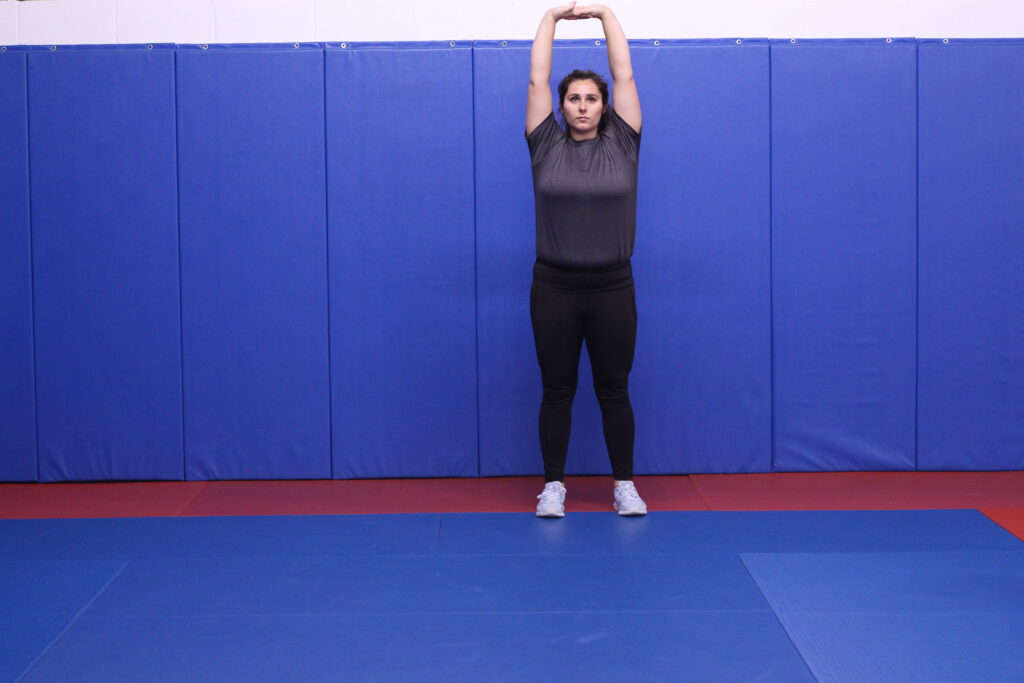
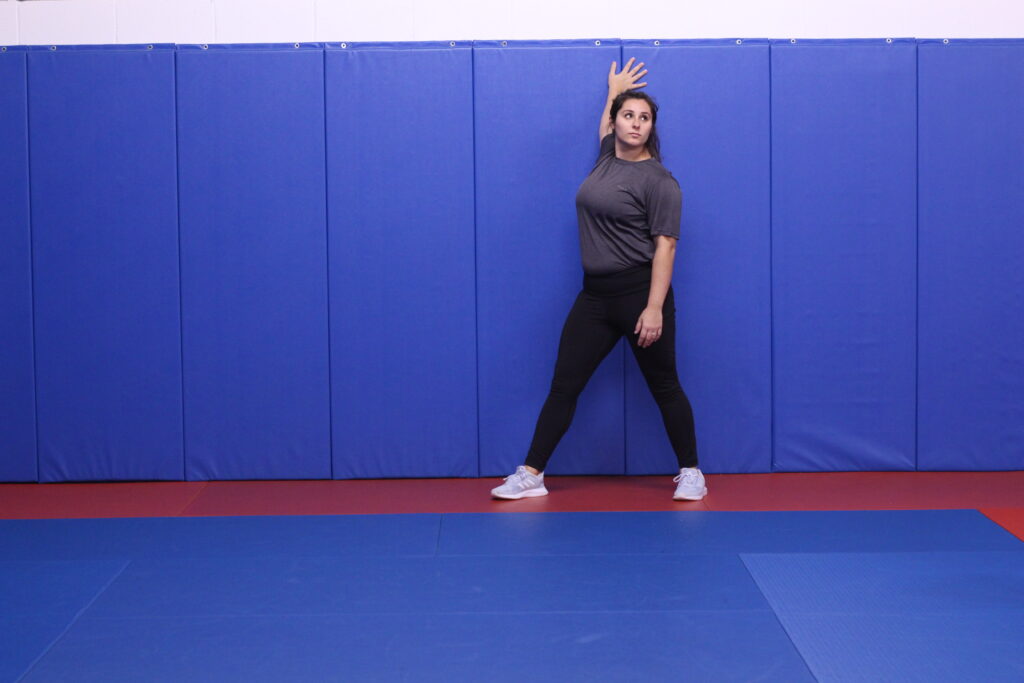
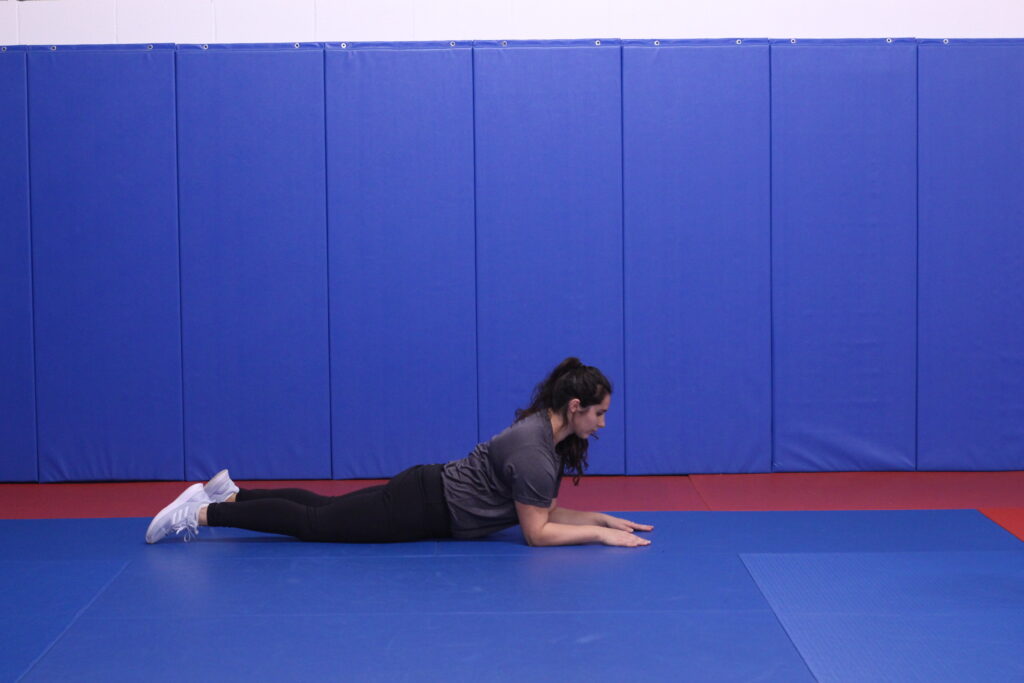
And for all the sitting you are doing for all the baby care listed above, your hip flexors, quads, and glutes will need some attetion as well. Again, I recommend you do these as often as you can. But before bed can really help you to feel relaxed when you finally can put your feet up. These should cover all of those lower major muscle groups…
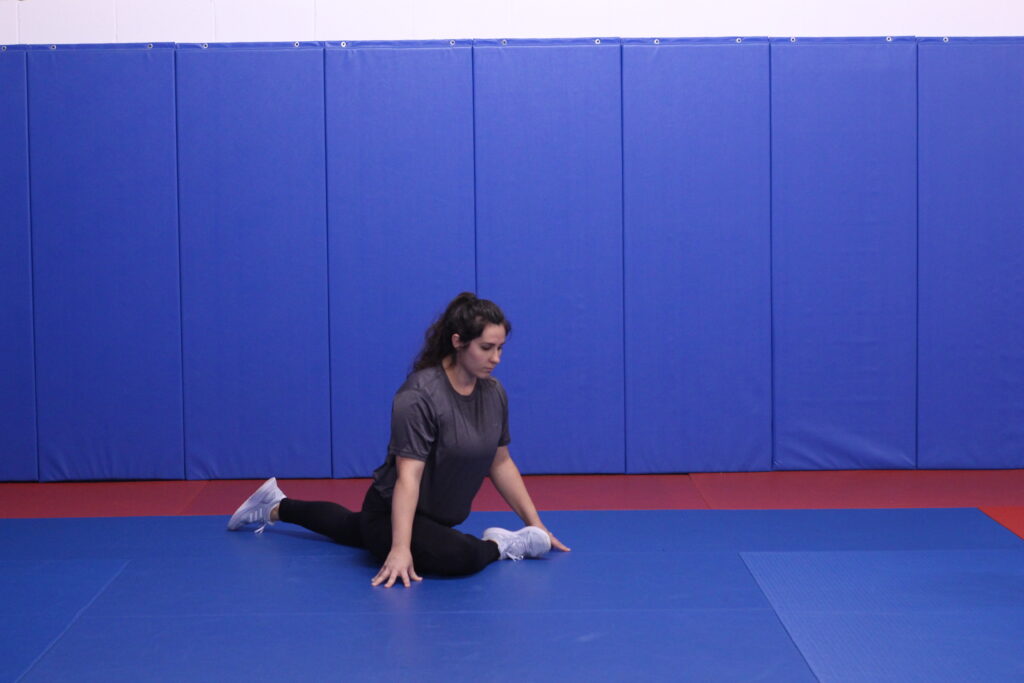
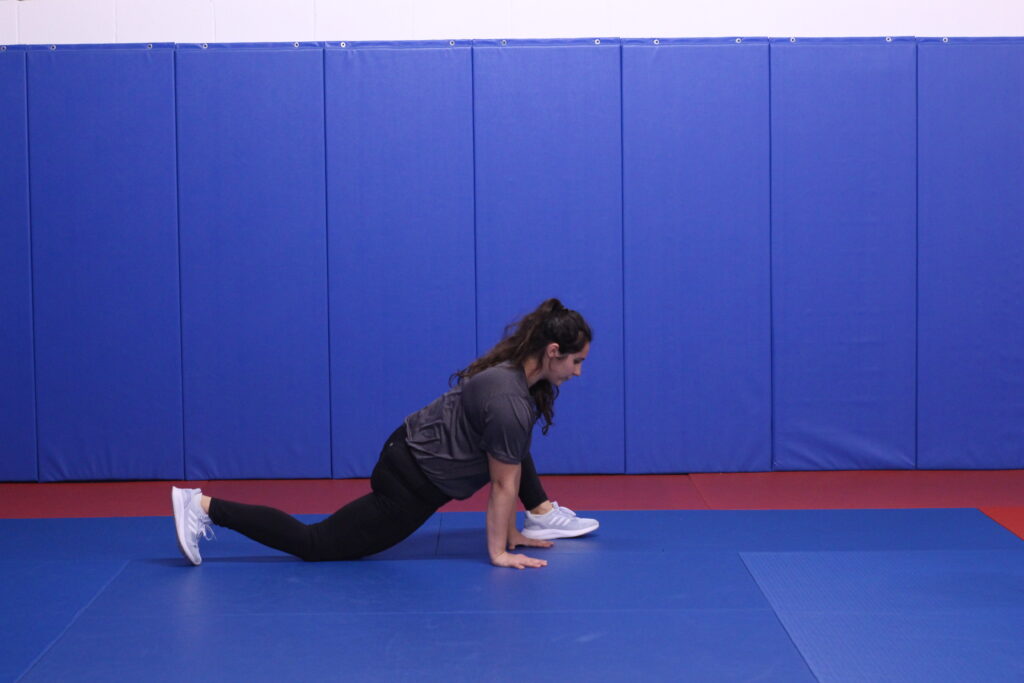
Our goal with these stretches is not just to loosen the muscles, but to also encourage blood flow to the joints. This will help you feel less stiff when you lay down. Remember mama, your baby and family needs you to be healthy and happy! And with these stretches, you will be getting much better sleep. You know, when you CAN sleep. 😉
Try these stretches for better sleep
Now that you are motivated to spend some time stretching, join me for this simple mobility workout that will help you unwind and prepare for better sleep. You won’t need any equipment, just a little space!
If you are struggling with back pain as a new mom, check out my post Better Posture to Improve Comfort and Boost Confidence After Baby. There I talk about that forward posture I mentioned earlier and what to do about it. Or you could just jump over to my Corrective Workout for Upper Crossed Syndrome if you are already familiar.
